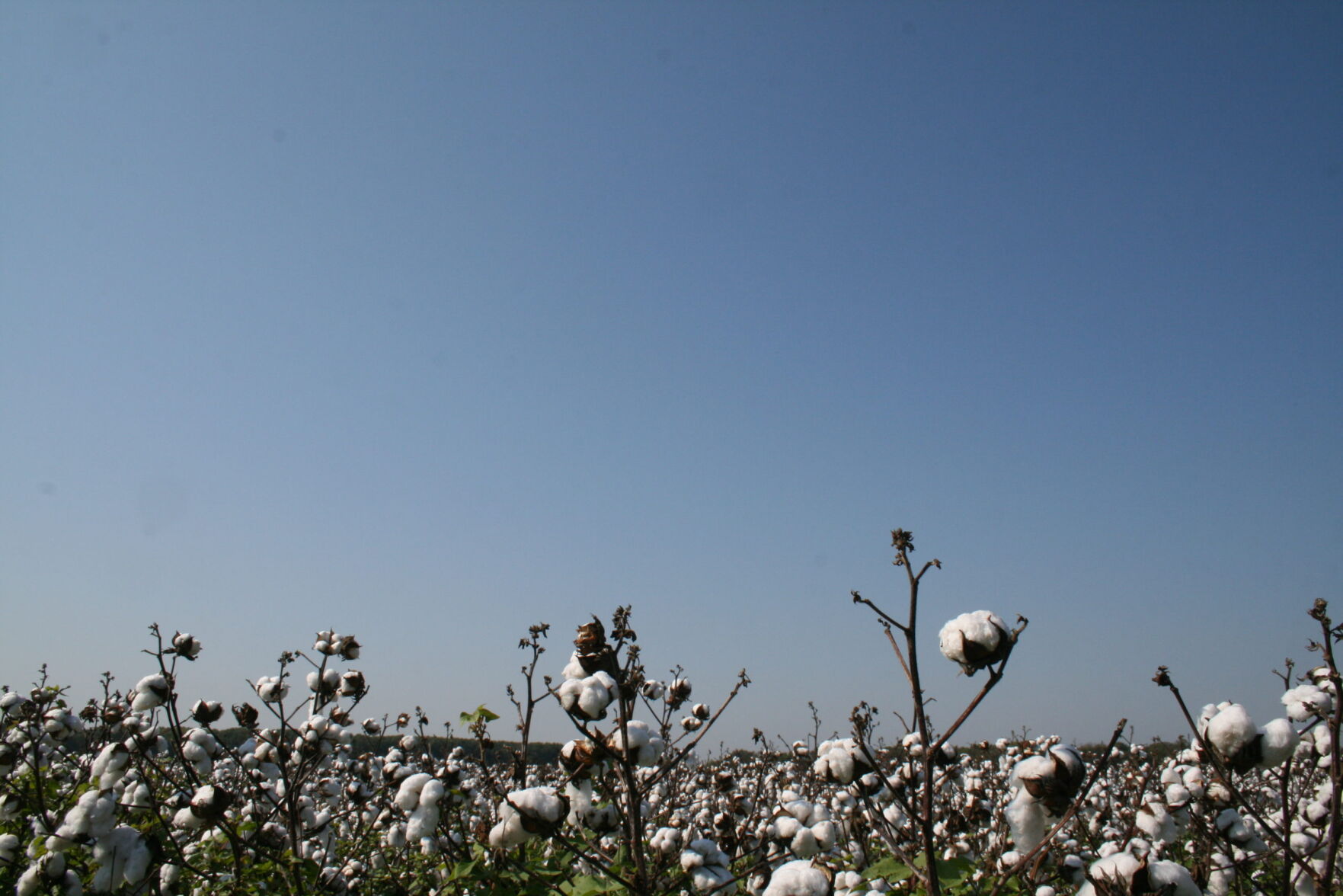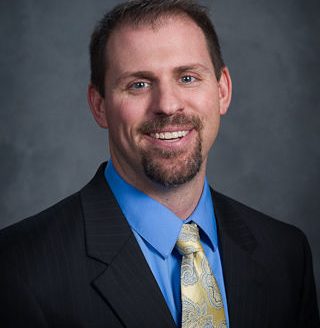Step aside, polyester.
On her family’s cotton farm on the West Texas Plains, Lacy Vardeman is making a fashion statement.
Vardeman and her husband, Dean, own Vardeman Farms, a multi-generational operation spanning over 7,000 acres near Lubbock. Her dedication to promoting cotton’s sustainability narrative has led her to collaborate with renowned brands like J Crew, Ralph Lauren and Wrangler.
Call it seed-to-garment—tracing cotton from farms like the Vardemans all the way to the clothing rack. Manufactured synthetics can’t do that, she said.
With current trends in the clothing industry, where sustainability and eco-consciousness are increasingly valued, cotton is emerging as a frontrunner.
This hasn’t always been the case.
The trendiness of synthetic fibers has been a thorn in the side of cotton farmers for decades. The rise of synthetics in the 1970s was a significant challenge for cotton. According to a 2021 report by the Textile Exchange, cotton accounts for around 24% of global apparel fiber consumption, while synthetic fibers total 64%.
However—through a combination of cotton’s inherent natural qualities, a movement for environmentally friendly products, advancements in technology, plus the development of innovative products—cotton is making a remarkable comeback.
Cotton’s impressive rally is largely due to the dedication of the not-for-profit organization Cotton Inc., a research and marketing organization funded by U.S. cotton growers founded in 1970.
Farmers do a great job of producing cotton as efficiently and as environmentally responsible as possible. But that is not enough, said Mark Messura, the senior vice president in the Global Supply Chain Marketing Division at Cotton Inc. Innovation goes beyond the field.
"Simply saying that we produce the best cotton doesn’t mean the world is going to use cotton," he said. "We also need strong marketing to compete with synthetics like polyester, nylon, rayon.”
Championing cotton
Messura said cotton fiber finds its ultimate destination in the world of apparel, comprising the majority of its usage. Approximately 10 to 15% is used in the production of home textiles and sheets.
During his presentation this winter at Cotton U, a conference sponsored by High Plains Journal, Messura stressed the importance of collaboration between farmers and industry leaders to successfully compete for market share.
He sees it as a dual strategy. Farmers must effectively communicate their sustainability initiatives—highlighting their environmental efforts and practices. Simultaneously, there must be a focus on creating value-added products that utilize cotton.
"We have to do things like innovate,” he said. “We have to have tremendous research and technical expertise. We can engineer value, create value for customers to use cotton in products.”
Cotton Inc. is leading the way in advancing the natural properties of cotton. Innovations include addressing moisture management challenges that have traditionally put cotton at a disadvantage compared to synthetic fabrics, which are known for their moisture-repellent qualities.
To bridge this gap, Cotton Inc. has developed cutting-edge products such as STORM COTTON, TransDRY and WICKING WINDOWS technology. These advancements are specifically designed to tackle moisture issues by effectively diverting sweat from the body or repel water from the clothing.
Sign up for HPJ Insights
Our weekly newsletter delivers the latest news straight to your inbox including breaking news, our exclusive columns and much more.
For example, STORM COTTON technology delivers a durable, water-repellant finish on garments while still providing the natural breathability of the cotton. The patented feature ensures wearers remain comfortable even in wet conditions. It makes the technology an ideal choice for companies like Vans, Duluth, and Cabelas—all of which have incorporated STORM COTTON technology into their product lines.
"STORM COTTON technology gives the user water repellency—it literally rolls off,” Messura said. “The movement of air is what keeps you comfortable. We can offer water-repellent pullovers, hoodies and jackets with a high cotton content that also provide breathability.”
Cotton Inc. also has patented cotton product lines that cater to consumer perspiration. TransDRY and WICKING WINDOWS technology help companies engineer moisture-wicking product lines with cotton.
Today, these enhanced finishes can often be found in branded apparel, reflecting Cotton Inc.’s strategic approach. Messura added the organization allows brands to incorporate the technology and label it according to their preferences. This approach aligns with Cotton Inc.’s marketing strategy, which focuses on highlighting the incorporation of cotton-based technology in product lines without strict naming requirements for the label.
Boosting demand
Cotton Inc.’s innovation and strategy has boosted cotton’s market share.
The objective is not to position cotton as a cheaper alternative to synthetic fibers but to foster demand for cotton, ensuring that farmers can obtain fair prices for their produce, he said.
“We want the growers to get every penny they can while we look for other ways to promote and support demand and uses of cotton,” he said.
Messura said Cotton Inc.’s research and promotions extend beyond clothing. The industry understands the need to adapt and respond to changing regulations, such as the European Union’s ban on single-use plastics, including tampons and applicators. The organization is actively working in this area, exploring alternative solutions and leveraging the use of cotton in these products.
“With the increasing concerns about diapers in landfills and the changing regulations on single-use plastics, there is a growing demand for different types of products,” Messura said. “In some cases, this demand is creating new opportunities. We believe cotton is in a prime position to meet these needs."
Continued story
It was Messura who played a significant role in Vardeman telling her story about cotton farming on the Texas Plains and the farm’s sustainability. In 2018, he invited her to speak at a sustainability summit held in San Diego. She showed a picture of her family standing in the cotton field and told how they have made significant strides in land conservation and agricultural practices.
For instance, they have implemented measures to protect the land, minimize chemical usage and enhance efficiency–thanks to the adoption of technology and advanced equipment. They also apply regenerative farming practices, including cover crops.
She can measure sustainability in production costs. They have two full-time employees today versus 16 when she and her husband married in 1996. They aren’t driving tractors and other equipment like they used to, ultimately spending less on fuel. The family captures more water on their land because it remains covered year around.
“We have an awesome story to tell,” she said.
Where the cotton industry is going excites Vardeman.
“Cotton Inc. has been very active and productive,” she said. “That is one thing that is going on in the world that is helping cotton. Synthetics can’t compete with that.”
Amy Bickel can be reached at [email protected].




